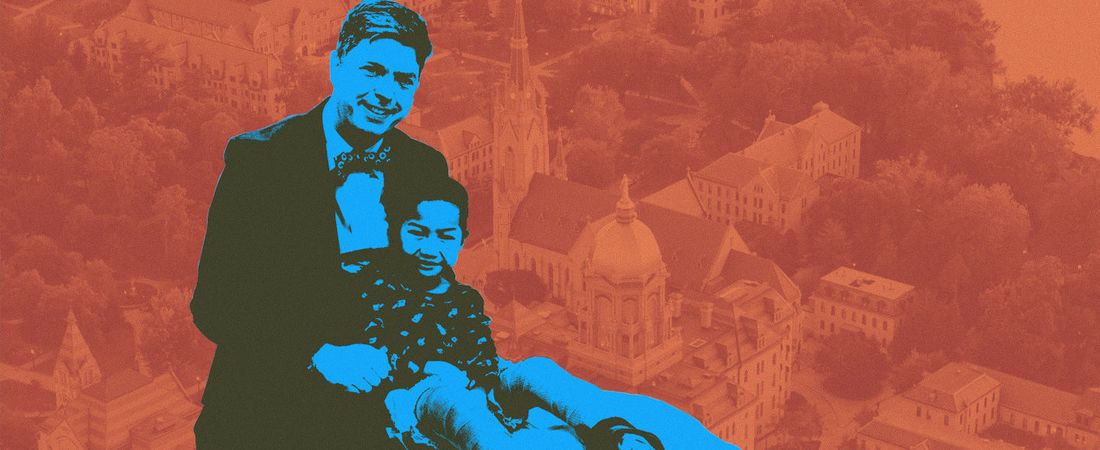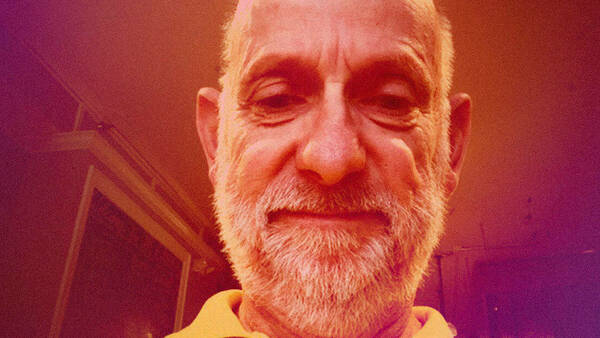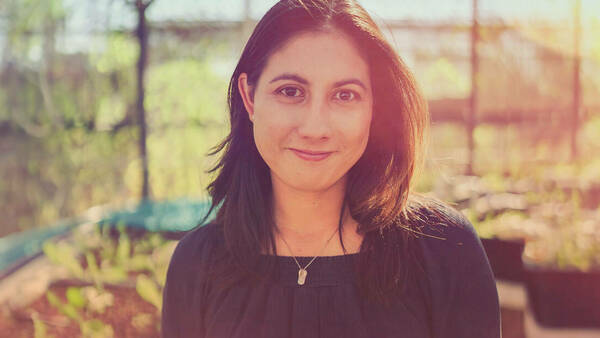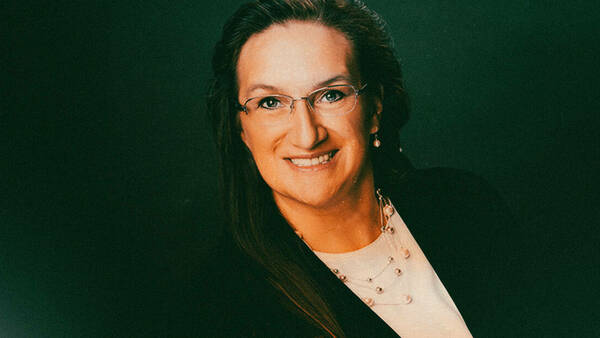The patients Dr. Matthew Dobbs ’91 treats during his trips abroad have suffered for years.
They’ve endured physical pain. They’ve experienced difficulty walking. And often, they have been shunned by others.
It’s an all-too-common experience for people in the developing world who suffer from untreated clubfoot, a musculoskeletal condition where the foot is twisted inward and downward, resembling a golf club.
“The very sad thing about this, for many of the children, is that the adults don’t understand what this is,” Dobbs says. “There’s no medical treatment. They think the children are bewitched. They’re often put in huts in the back of villages. They’re not allowed to get an education, they’re not allowed to socially advance. They’re stigmatized because of a physical deformity that’s treatable.”
That’s a situation Dobbs is working hard to address. A professor and director of strategic planning at Washington University School of Medicine’s Department of Orthopaedic Surgery, he travels frequently to Russia and to countries across East Asia and South America to share his skills with local medical professionals. The idea, he says, is that they can keep treating patients long after he’s left.
“I’ve never been a fan of the ‘fly in, operate on people, and leave’ approach,” Dobbs says. “But you can have a more lasting effect if you train people there to perform procedures on their own. That, I think, leaves a lasting impression.”
A Desire to Serve Globally
Dobbs long knew he wanted to become a doctor and travel the world helping people in need. Growing up, he saw how his father, an opthamologist, made a difference by performing cataract surgeries in countries like Nicaragua. And he drew inspiration from the writings of the late Dr. Thomas A. Dooley, a Domer who helped refugees in Vietnam and established a jungle hospital in Laos before his death in 1961.
“He was an incredible champion,” Dobbs says. “That’s something that really inspired me. I knew I wanted to give back. That’s why I went into medicine in the first place. And I knew I wanted to do it outside the United States as well.”
A Gift from a Mentor
After graduating from Notre Dame, where he majored in Biological Sciences, Dobbs attended medical school at the University of Iowa, where he met Dr. Ignacio Ponseti, who became his mentor. Ponseti had developed a minimally invasive treatment for clubfoot. Rather than subjecting patients to surgeries that could leave them with arthritis and lingering pain, he devised a series of casts that treated the condition within a couple of months.
Dobbs knew he wanted to help share this innovation. One of the first things he did when he began working at Washington University in St. Louis was to conduct a 30-year follow-up study that tracked patients who had had surgery for clubfoot. In it, he documented the long-term complications surgery can bring, and he promoted the Ponseti Method as a safe alternative.
Over time, Dobbs says, his late mentor’s approach has become the gold standard for treating clubfoot, and it’s inspired him to pioneer further innovations. He’s used it with teenagers and young adults, not just the younger children on whom Ponseti focused. In addition, he has developed a similar treatment—one that’s minimally invasive and cost-effective—for vertical talus, a condition in which babies are born with flat feet. The Ponseti Method, he says, is a gift to be shared.
“The nice thing about this is that it’s not a surgical mission trip,” he says. “You can go to low-resource areas, and this is a method that is very cheap. It’s just casting materials—there’s no fancy operating room—and you can help lots of people. Our goal was to go into countries, identify key advocates, and train the trainers—creating a network so that they could teach their own. I really took this to heart.”
Making a Difference
In the 18 years he has worked at Washington University in St. Louis, Dobbs has trained two medical fellows a year to treat conditions like clubfoot. He’s started more than 40 training centers in China, another 30 or so in South America, and another 10 in Russia. And he’s traveled to more than 15 countries.
That’s all on top of his other duties, which include co-directing a lab that identifies genes that cause clubfoot and other musculoskeletal disorders. Dobbs draws energy from his work, which has become his mission.
“I travel all around the world teaching this,” he says. “That’s been really rewarding for me, to see how all this has made an impact. It’s why I went into medicine. It’s what makes me tick, it’s part of my DNA, it means everything to me. I can’t imagine a life without having this as a central core.
“Going back to the basics here and taking care of patients and seeing the joy they experience is life-changing. You see someone go from having a deformity that limits their ability to get around, and results in pain, long term, and then in a short time you give them feet that are flexible, and they can wear shoes and play sports and live a normal life, and it’s absolutely incredible.”



